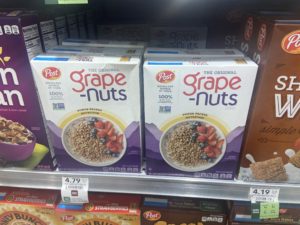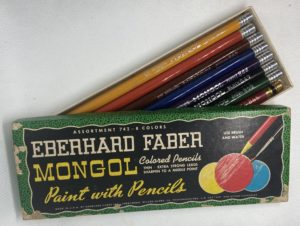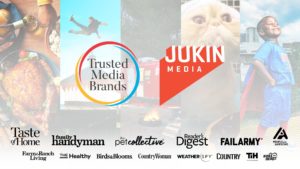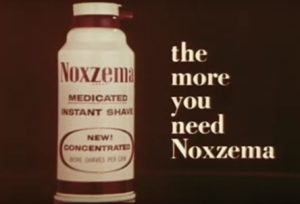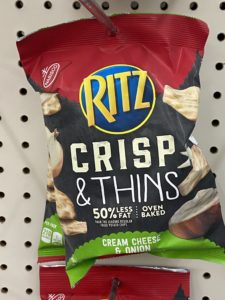For most American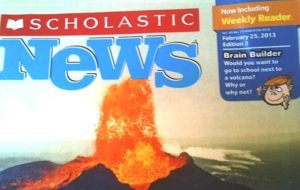 s, one of the first places they learned to read news was Weekly Reader.
s, one of the first places they learned to read news was Weekly Reader.
Launched in the 1920’s, the Weekly Reader name is synonymous with America, education and a sort of wholesome, fair account of the day’s news. Weekly Reader fits a sort of Americana of nice, peaceful schools with desks lined up in rows and students discussing the news events of the day in an unbiased, thoughtful way.
Weekly Reader comes from an era when educators took students seriously; throught the 20th century there were very intelligent publications for children including National Geographic’s School Bulletin and Junior Scholastic, also published by Scholastic. But by the 1970s, things got jiggy, including Scholastic’s Dynamite, which really was mostly a slick promotion for ABC television shows like Welcome Back Kotter.
This heralded the current era, when Scholastic is now selling all sorts of Hollywood-branded gifts and books to kids, most of which have little educational value except that they get kids to sit down in read. I guess it could be worse. I believe a Hannah Montana or Miley Cyrus book that came home one day from the Scholastic bookstore was a sort of low.
By middle school, educators began offering student subscriptions to national magazines like Newsweek, which had special teacher programs.
Looking back, Dynamite was great fun (my favorite, along with the intellectual Cricket), but it was not great educator. National Geographic dumbed down their approach in the 1970s, from the intelligent School Bulletin to World, which better reflected the times, but was a much lower appoach. World recently disappeared, as well, I believe replaced by the publication National Geographic Kids.
But back to Weekly Reader. After a long string of owners including Xerox, it fell into the inept hands of the management of Reader’s Digest, where it withered.
Last year, the operation was shut down, and the goodwill and name were purchased by Scholastic.
There was some discussion that Weekly Reader had disappeared, and indeed the staff was let go. But great brands do not die, and Scholastic keeps using the Weekly Reader brand.
Scholastic would do well to emphasize Weekly Reader, and de-emphasize Scholastic, making Scholastic the corporate brand, and Weekly Reader the product brand. The Scholastic brand gets plenty of exposure elsewhere. With the internet, and separated from Scholastic ever so slightly but still under the Scholastic umbrella, it could become a credible force in bringing a new sense of current events to a new generation of children. Plus, to keep the brand truly valuable, Scholastic must actually use it.
Let’s hope they do more with the brand than stick it at the top of their old products, and then wait for a day when a graphic designer needs some extra room, and suddenly, the Weekly Reader brand disappears.



